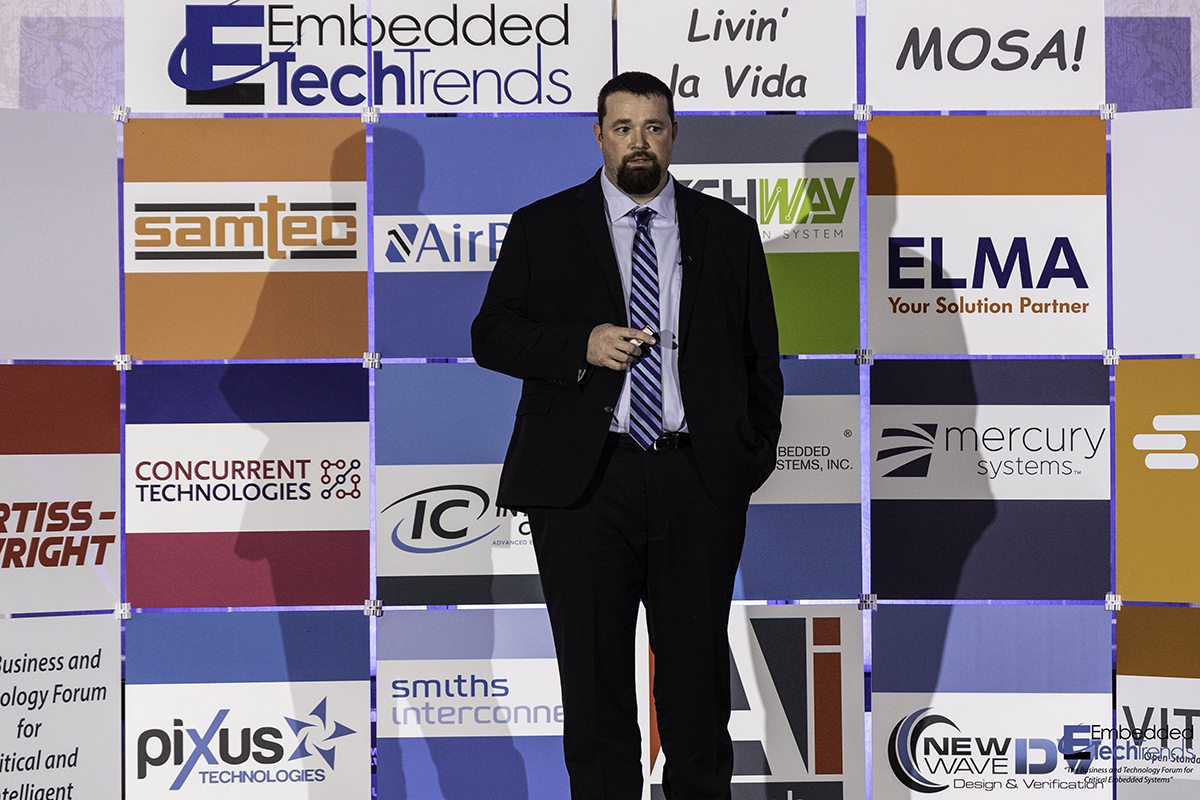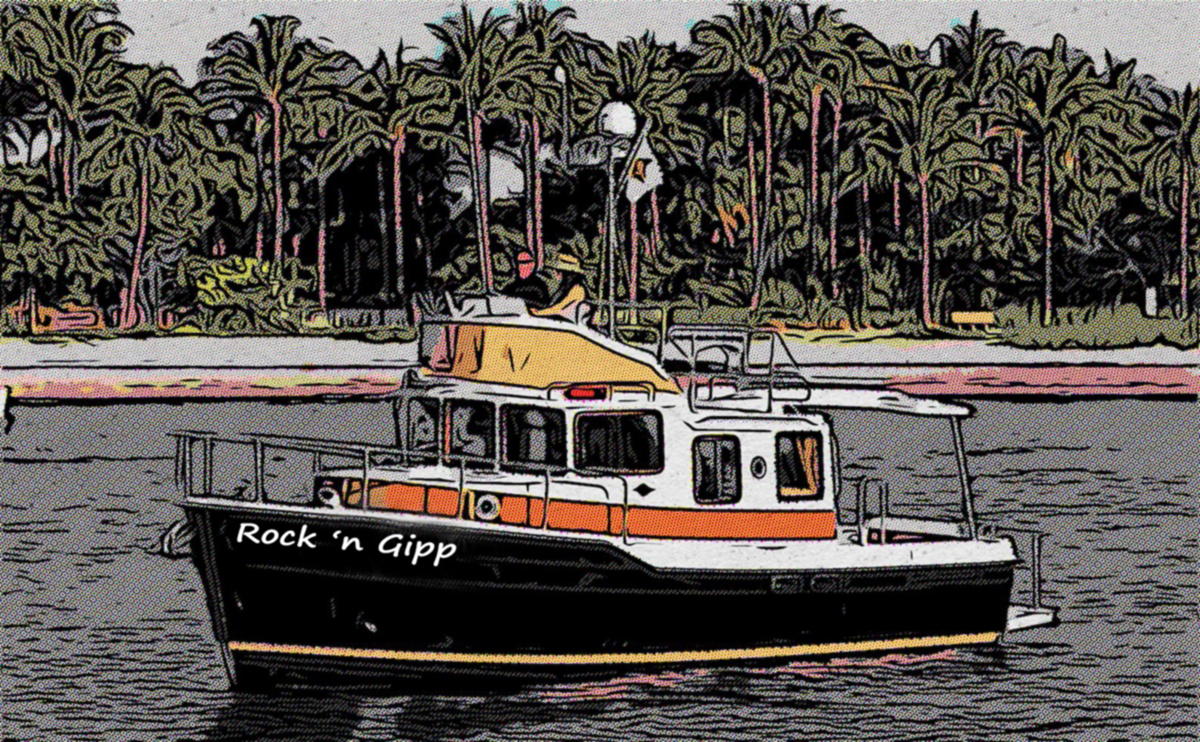Twenty-five years ago, digital signal processing (DSP) had already revolutionized acquisition and reproduction of audio and even video signals, spelling the certain demise of analog media like records and tape. Nevertheless, few engineers would have predicted how rapidly DSP would transform virtually every aspect of systems that use radio waves. Economical hardware capable of boosting data conversion and real-time signal processing rates by several orders of magnitude seemed a long way off.
Inspired by enormous commercial market potential for practical digital solutions for radio signals, innovative vendors of data converter and DSP technology began rolling out successive generations of faster, smaller, and less expensive devices. Software radio technology now dominates commercial, government, and military systems worldwide, growing at almost 10 percent annually and expected to reach $30 billion by 2022 according to the MarketsandMarkets, Inc. report titled: “Software Defined Radio Market – Global Forecast to 2022,” which published in March.
One common factor across this vast diversity of solutions is the universal requirement for handling digitized radio signals, both for receive and transmit operations. In disposable end products like a cell phone, a single vendor decides how to manage signal data, with no tangible impact on the user. However, larger systems that must be maintained throughout a life cycle or periodically upgraded with new features and technology greatly benefit from a well-defined methodology for representing digital signals. This need is compounded when such systems contain components from different vendors, especially true for embedded military/aerospace applications.
VITA 49.0 overview
With insightful forecasting of these emerging needs back in 2006, the VITA 49 working group began developing the VITA Radio Transport (VRT) protocol to define a standardized format for delivering digitized intermediate frequency (IF) radio signals. An initial goal was to define packet structures for received signals that contain not only the digitized signal samples but also metadata information that describes the signal.
The first release of the standard was VITA 49.0, which defined IF Data Packets and Context Packets. Figure 1 shows a software radio receiver with typical signal processing blocks from the RF analog signal at the antenna to digital IF output samples that are delivered as payload data into the IF Data Packet. A precision time stamp and Stream ID, along with header and footer words, are added to form the packet frame.
A separate Context Packet contains the same Stream ID, linking it logically to the associated IF Data Packet. It also contains metadata words so that the destination application can know how to process the samples in the IF Data Packet.
These packets are completely independent of the transport layer, so they can be conveyed through virtually any network or path. This includes point-to-point links between components, staging in shared memory, and transmission across multiboard backplanes, local area networks (LANs), and even the Internet. Packets can also be recorded on local disk arrays or storage area networks (SANs) for later processing. In spite of non-deterministic delays though these paths, once the packets are received or retrieved, the original time stamp and metadata allow the payload data to properly be identified and processed accordingly.
The time stamp information includes a coarse field with resolution in seconds, often derived from a Global Positioning System (GPS) or Network Time Protocol (NTP) reference. The fine resolution field precisely stamps the time for the first payload data sample as the count of elapsed data converter sample clocks since the latest second tick. This permits multiantenna diversity receivers and other beamforming applications to detect the relative time of arrival across the channels.
VITA 49.2 expands features and capabilities
Resonating well with the needs of vendors and customers, VITA 49 served as a proven springboard for extending its reach to standardize additional requirements of software radios. The latest version of the standard was ratified by ANSI and VITA in August 2017 as VITA 49.2.
As depicted in Figure 2, the original VITA 49.0 IF Data Packets were renamed as Signal Data Packets for added versatility. And, they were enlisted in a new role for delivering outgoing signals into radio transmitter equipment. Here, the time stamp can specify precisely when trigger transmit signals are generated, which is ideal for radar pulses.
VITA 49.2 greatly expands the scope of Context Packets to add many more standardized conventions for new receiver metadata parameters as well as to report operational status and parameter values for transmitters.
Perhaps the most significant new aspect of VITA 49.2 is the ability to control and monitor the status of software radio equipment. Previously, this was done using highly proprietary reads and writes to dedicated hardware registers unique to each product.
Command Control Packets standardize parameter formats for tuning, bandwidth, sampling rates, antenna angle, transmit power, receiver gain, and numerous other useful functions. Command Acknowledge packets sent back to the VITA 49.2 Processing and Control System confirm successful execution of the Command Control Packets to help ensure system integrity.
New software radio initiatives
Government defense and intelligence organizations have come to recognize the obvious benefits of open standards to take advantage of the latest technology, shorten procurement cycles, and promote market competition. With renewed imperatives and increased funding, these organizations are now actively pursuing and promoting several new initiatives to align with their current and future mission requirements.
The Open Group consortium formed in 1996 promotes the development of vendor-neutral, open technology standards for successful achievement of business objectives. One recent initiative of The Open Group is the Future Airborne Computing Environment (FACE) Consortium, which includes members from both industry and government to define open standards for avionics systems across all military services. Major goals of FACE are improved interoperability across common components, portability across different deployed platforms, consistent data exchange formats, and a common software environment.
Another Open Group initiative incubated in FACE is the Sensor Open System Architecture (SOSA) Consortium, which focuses attention on Command, Control, Communications, Computers, Intelligence, Surveillance and Reconnaissance (C4ISR), Radar, Electronic Warfare (EW), electro-optical fusion, and communications systems. The goal of SOSA is development of open standard specifications for cross-service applications to reduce costs, encourage industry competition, and speed up delivery of systems to exploit new signals and respond to new threats.
An important mission of the U.S. Army’s Communications-Electronics Research, Development and Engineering Center (CERDEC) is to evolve definition of converged open interface architectures for future systems. The Army’s C4ISR/EW Modular Open Suite of Standards (CMOSS) initiative extends its earlier VICTORY architecture for vehicle electronics to now share hardware and software components among C4ISR/EW capabilities, with interoperability across all platforms. Major goals are easier technology refresh, quick reaction “future-proofing” for unplanned capabilities, reduced developmental costs and acquisition costs through greater commercial competition. The CMOSS efforts are converging into the SOSA activities as SOSA has been expanded and broadened to fulfil the open architecture goals of both.
With many common goals, each of these initiatives has adopted VITA 49.2 as its transport protocol standard. By addressing all of the major requirements, it supports multiple applications using a common, standard signal delivery protocol. With sufficiently rich metadata information, the same packet streams can be exploited by different clients with diverse objectives, including SIGINT, ELINT, radar, communications, monitoring and reconnaissance.
Product examples
Because of customer flow-down requirements for VITA 49, defense and government embedded systems integrators are increasingly seeking products that support the standard. Following these market incentives, the open architecture COTS vendor community now offers a range of software radio products with factory installed VITA 49 engines.
Figure 3 shows two 3U OpenVPX software radio modules based on the Xilinx Kintex UltraScale FPGA. The Model 52851 provides two 500 MHz 12-bit A/D converters with digital downconverters (DDCs) and two 800 MHz 16-bit D/A converters. The Model 52141 features a 6.4 GHz 12-bit A/D or two 3.2 GHz 12-bit A/Ds, both with DDCs, and two 6.4 GHz 16-bit D/As with digital upconverters.
Both products include factory-installed IP modules for generating VITA 49.2 Signal Data Packets containing A/D or DDC output samples with precision time stamping. A PPS hardware input signal, typically provided by a system GPS receiver, ensures the data samples are tagged with a specific sample clock counts to support multiantenna TDOA [time difference of arrival] applications. All features are supported by an API library in Pentek’s Navigator Board Support Package.
Pentek’s Navigator FPGA Design Kit includes a complete FPGA project folder for Xilinx Vivado development tools. It contains all AXI-4 compliant IP modules installed in each product, including the VITA 49 Packetizer IP module with full VHDL source code, documentation, and a user manual so that customers can customize it as required.
Like any successful standard, VITA 49 continues to evolve as new technology emerges, and as the many active standards consortiums identify new requirements for deployed systems. Evidence of continued progress is ensured by the heightened participation in these efforts by three important groups:
- Government and military organizations, who use and specify software radio systems for defense sectors and intelligence agencies.
- Universities and research laboratories, often funded through government grants, who push the technology envelope of software radio by developing new waveforms, detection algorithms, signal exploitation techniques, spectral management strategies, electronic countermeasures, and new methods of encryption and security.
- Equipment vendors and system integrators, who bring engineering skills, packaging experience, project management, and familiarity with open architecture standards for embedded software radio systems.
Together, this vital community of contributors represents a diverse powerhouse for sustained innovation and collaboration to meet future challenges.
Copies of the ANSI/VITA 49 standards are available from VITA at www.VITA.com.










